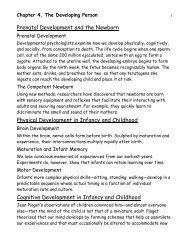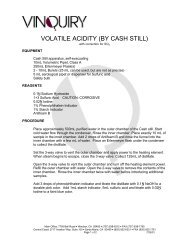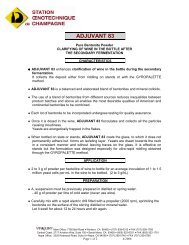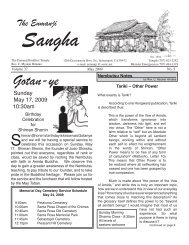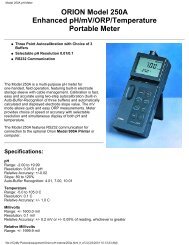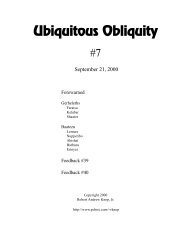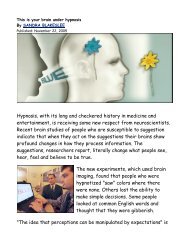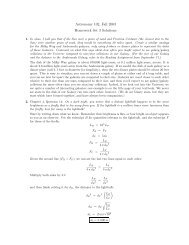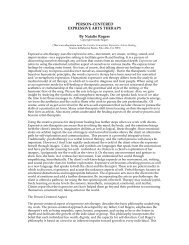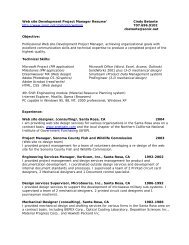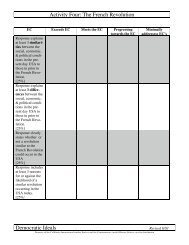DRAFT IEEE Standard for Binary Floating-Point Arithmetic - Sonic.net
DRAFT IEEE Standard for Binary Floating-Point Arithmetic - Sonic.net
DRAFT IEEE Standard for Binary Floating-Point Arithmetic - Sonic.net
You also want an ePaper? Increase the reach of your titles
YUMPU automatically turns print PDFs into web optimized ePapers that Google loves.
<strong>DRAFT</strong> <strong>IEEE</strong> <strong>Standard</strong> <strong>for</strong> <strong>Floating</strong>-<strong>Point</strong> <strong>Arithmetic</strong> – 2003 August 12 10:20<br />
An American National <strong>Standard</strong><br />
<strong>IEEE</strong> <strong>Standard</strong> <strong>for</strong> <strong>Binary</strong> <strong>Floating</strong>-<strong>Point</strong> <strong>Arithmetic</strong><br />
1. Scope<br />
1.1. Implementation Objectives<br />
SCOPE: This standard specifies <strong>for</strong>mats and methods <strong>for</strong> binary and decimal<br />
floating-point arithmetic in computer programming environments: standard and<br />
extended functions in 32-, 64-, and 128-bit basic <strong>for</strong>mats single, double, quad<br />
§Q, and extended precision <strong>for</strong>mats, and recommends <strong>for</strong>mats <strong>for</strong> data<br />
interchange. Exception conditions are defined and default handling of these<br />
conditions is specified. §4<br />
It is intended that an implementation of a floating-point system con<strong>for</strong>ming to this<br />
standard can be realized entirely in software, entirely in hardware, or in any<br />
combination of software and hardware. It is the environment the programmer or<br />
user of the system sees that con<strong>for</strong>ms or fails to con<strong>for</strong>m to this standard.<br />
Hardware components that require software support to con<strong>for</strong>m shall not be said<br />
to con<strong>for</strong>m apart from such software.<br />
1.2. Inclusions<br />
This standard specifies<br />
1. Basic and extended floating-point number <strong>for</strong>mats<br />
2. Add, subtract, multiply, divide, fused multiply-add, square root,<br />
remainder, and compare operations<br />
3. Conversions between integer and floating-point <strong>for</strong>mats<br />
4. Conversions between different floating-point <strong>for</strong>mats<br />
5. Conversions between basic <strong>for</strong>mat floating-point numbers and external<br />
decimal <strong>for</strong>mats decimal strings<br />
6. <strong>Floating</strong>-point exceptions and their handling, including nonnumbers<br />
(NaNs)<br />
Copyright © 2003 by the Institute of Electrical and Electronics Engineers, Inc. This document is an unapproved<br />
draft of a proposed <strong>IEEE</strong>-SA <strong>Standard</strong> - USE AT YOUR OWN RISK. See statement on page 1.<br />
Page 9




